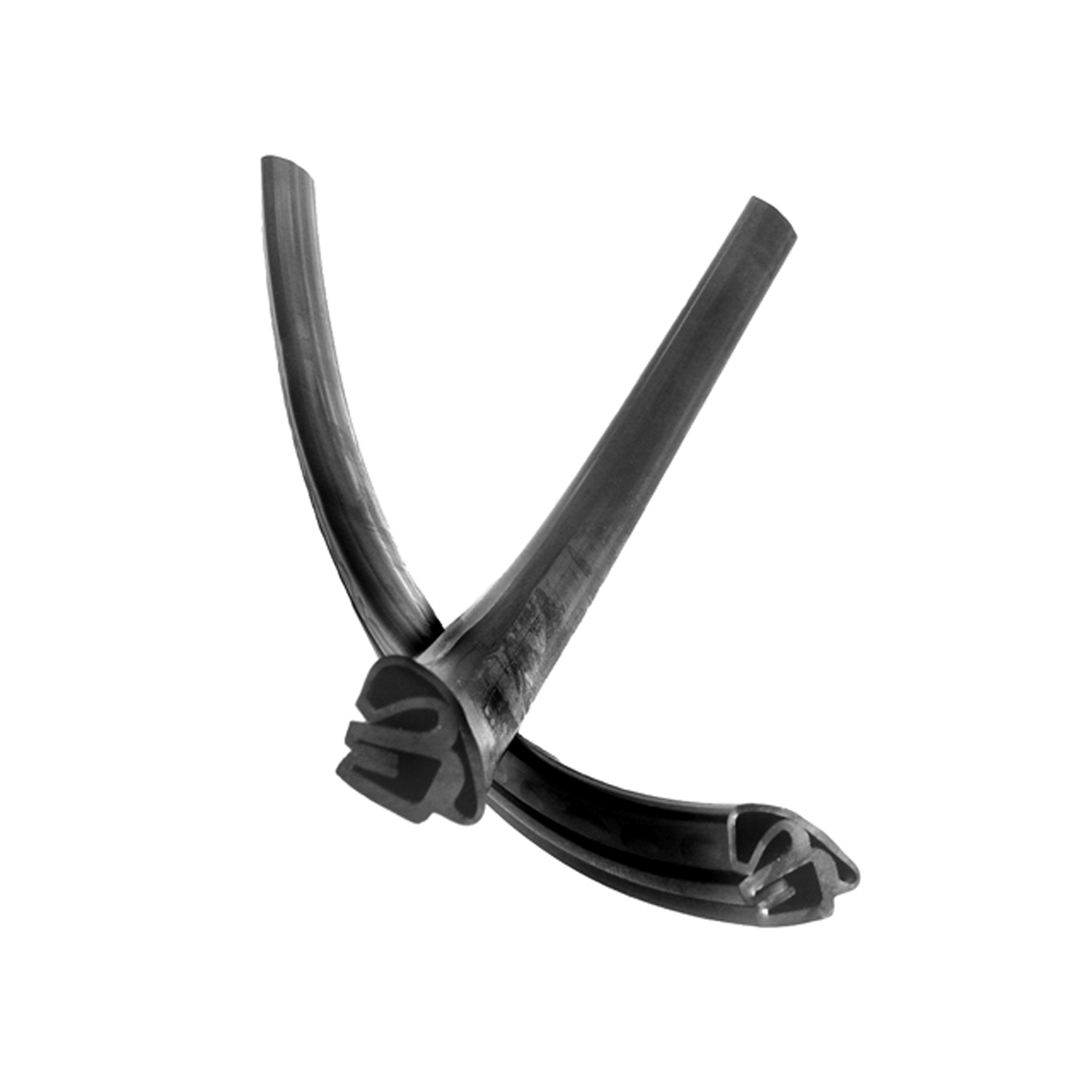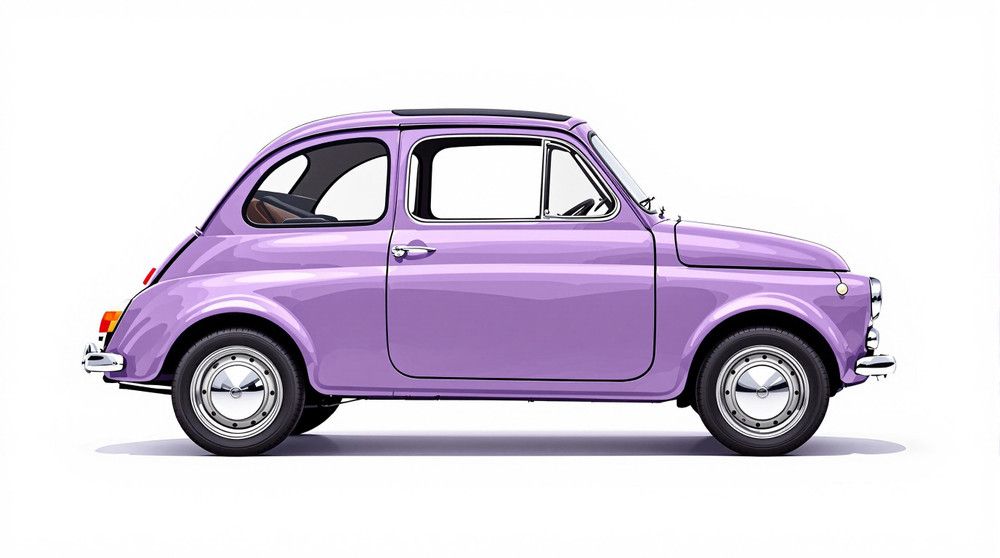Image of 1952 Fiat 500, Note: These illustrations use artistic license and may differ from actual historical models.
Performance Metrics
Fundamental Metrics
Emotional Appeal
MMP Rating
| Engine Specifications | |
|---|---|
| Engine: | Inline-2 |
| Displacement: | 569 cc |
| Horsepower: | 13-16.5 hp |
| Torque: | Estimated at 22 lb-ft |
| Compression Ratio: | 6.7:1 |
| Ignition System: | Coil ignition |
| Cooling System: | Air-cooled |
| Performance Specifications | |
| 0-60 Time: | Not available due to low horsepower |
| 1/4 Mile Time: | Not available due to low horsepower |
| Top Speed: | 53 mph |
| Transmission and Drive | |
| Drive Type: | Rear-wheel drive |
| Transmission Type: | 4-speed manual |
| Fuel and Efficiency | |
| Fuel System Type: | Carburetor |
| MPG: | Estimated at 40-50 mpg |
| Dimensions and Brakes | |
| Brakes: | Drum brakes |
| Wheelbase: | 79.9 inches |
| Weight: | 1100 lbs |
Note: Specifications for classic cars are given to the best of our ability, considering the limited and variant data available.
A Journey Through Time: The 1952 Fiat 500
Stepping into the world of classic cars often means revisiting the icons that shaped automotive history. The 1952 Fiat 500 is one such marvel, a vehicle that encapsulates the essence of post-war Italian design and ingenuity. Born from the necessity of providing affordable transportation in a recovering Europe, this Fiat model emerged as a symbol of resilience and innovation.
Manufactured by the renowned Italian automaker Fiat, the 500 series was introduced in 1936. However, it was the post-war models, particularly the 1952 iteration, that captured the hearts of many. This compact car, affectionately known as "Topolino," which translates to "little mouse" in Italian, became an emblem of Italy's economic revival. A unique fact about this car is that it was one of the smallest cars in the world at its time of production, offering a practical solution for narrow Italian streets.
Design and Innovation
The exterior styling of the 1952 Fiat 500 was both charming and functional. Its rounded curves and diminutive stature were complemented by a canvas roof that rolled back, giving it a breezy cabriolet feel. Inside, the cabin was surprisingly roomy for its size, with simple yet durable materials that stood the test of time. The dashboard was uncluttered, featuring only essential gauges and controls.
Technologically, the Fiat 500 was ahead of its time with features like independent front suspension and a four-speed gearbox. Color options were generally muted but elegant, with pastel blues and greens being popular choices among buyers. The most iconic body style was undoubtedly the two-door sedan, which became synonymous with the model's identity.
Historical Significance
The Fiat 500's impact on automotive design is undeniable. It set a precedent for small-car efficiency and practicality, influencing generations of city cars to come. Its rear-mounted engine layout and space-saving design principles were revolutionary at the time and have since become staples in compact car engineering.
Performance and Handling
The performance of the 1952 Fiat 500 may seem modest by today's standards, with top speeds hovering around 53 mph (85 km/h). Acceleration from 0-60 mph wasn't a relevant metric for such a vehicle focused on urban mobility rather than speed. Handling-wise, drivers appreciated its nimbleness and ability to navigate tight spaces with ease. The driving experience was characterized by a distinctive engine purr and an engaging connection between driver and machine.
Ownership Experience
The Fiat 500 was commonly used as an everyday car due to its reliability and cost-effectiveness. Maintenance was straightforward, allowing average owners to perform repairs without specialized knowledge or tools. While not originally intended for racing or shows, its charm has made it a beloved choice for collectors and enthusiasts who appreciate its historical significance.
Fun Facts
This tiny titan has seen its share of limelight with rare editions like the sportier "Abarth" versions catching collectors' eyes. Celebrity ownerships have added to its allure; even famous personalities couldn't resist its quirky appeal. Although not known for breaking speed records, it did break barriers in making automobile ownership accessible to a wider population post-WWII.
Collector's Information
Today, a well-preserved 1952 Fiat 500 can fetch anywhere from $20,000 to $40,000 depending on condition and originality. With production numbers in the tens of thousands for this era's models, they are relatively rare but still findable for dedicated collectors. Over time, values have generally appreciated as vintage enthusiasts seek out these iconic pieces of automotive history.
Conclusion
The 1952 Fiat 500 is more than just a car; it's a narrative of innovation during times of necessity. It stands as a testament to Italian design prowess and remains an enduring favorite among classic car aficionados worldwide. As we look back on this diminutive yet mighty vehicle, we're reminded that sometimes greatness truly does come in small packages.
1952 Fiat 500 Catalog of Parts
 1952 Fiat 500 Vertical Seals. Pair-VS 20Vertical Seals. Pair
1952 Fiat 500 Vertical Seals. Pair-VS 20Vertical Seals. PairWhy Choose Metro?
For over 100 years, Metro Moulded Parts has been the pinnacle of quality in classic car restoration parts. Our commitment to precision and authenticity in every component ensures a perfect fit and an OEM-level appearance.
- Expert Craftsmanship & Quality: Each part is a testament to our dedication to reliability and perfection, crafted from original designs and thoroughly tested.
- Advanced Technology: We use cutting-edge techniques to create flawless, long-lasting parts that surpass others in performance.
- SuperSoft Sponge – The Ultimate Door Seal: Not only are our door seals 30% softer than competitors', but they're also guaranteed to never leak. They effectively reduce wind and road noise, enhancing your classic car's comfort and driving experience.
- Proudly American: Our parts are a product of American craftsmanship, made in the USA with a spirit of excellence and heritage.
- Unrivaled Warranty: We back our products with a 30-year industry-leading warranty, a testament to our confidence in their quality.
Join us in preserving the legacy of classic cars with parts that are crafted for perfection, not just made.

